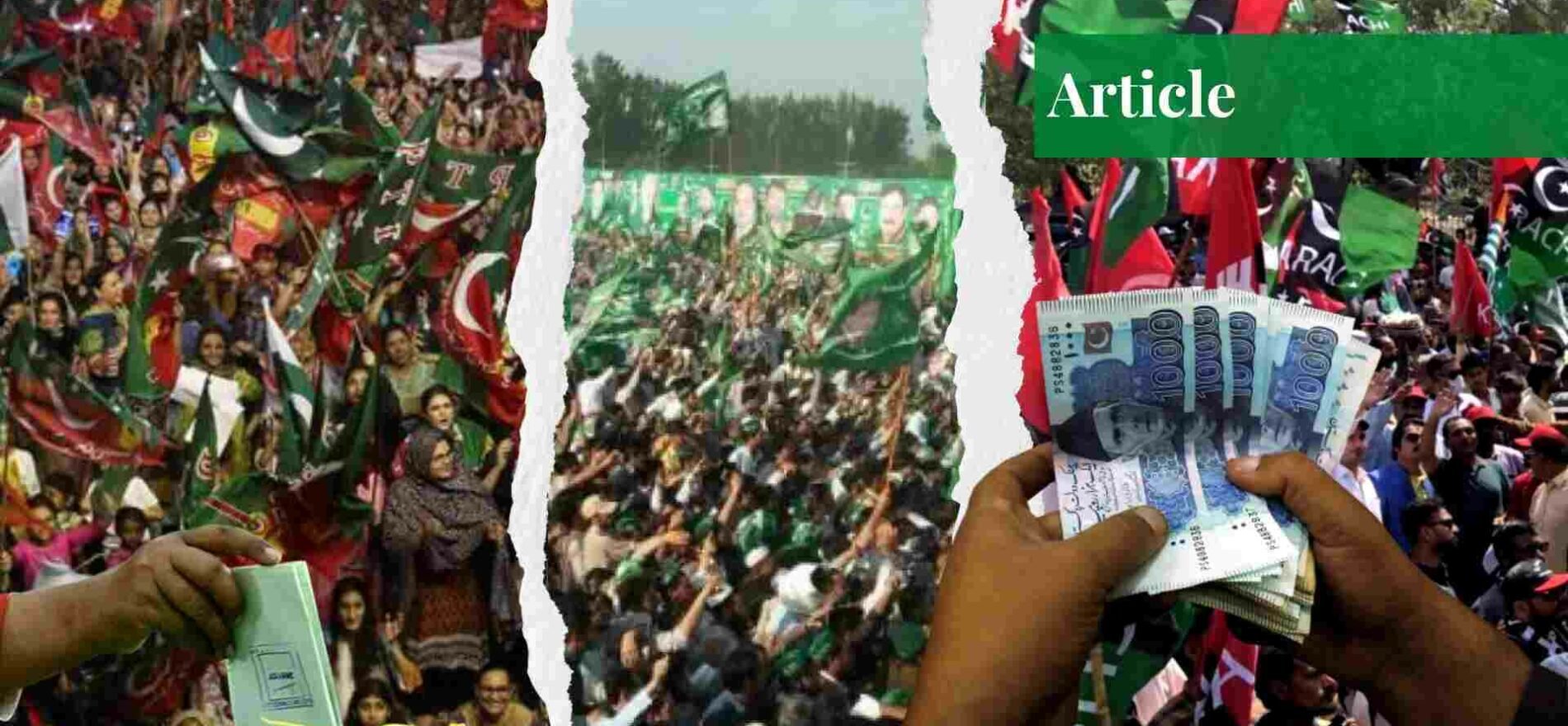Introduction
Political Instability is defined as the tendency of a change in the government and its structures, either in a “constitutional” or “unconstitutional” way. On the other hand, economic growth is defined as the measure which reveals the number of monetary transactions happening within the economy. Generally, quantitative measures of GDP and GNP reflect the economic growth of a country. Thus, by integrating both terms, we analyze the question of whether a high propensity for an executive collapse leads to a reduction of growth.
Political stability and economic growth work in tandem with each other. In the delicate scheme of things, their relationship is such that in the absence of the former, the latter dies away. The relationship between political stability and economic growth has always remained the core of policy-making in almost every country.
However, developing countries face significant instability in political systems and extreme law and order situations. As, developing countries have low national income and low per capita GDP, their probability of falling prey to political crises increases. So, it is a fact that the meager economic growth of a country leads to political chaos.
No one can deny the impact of a political crisis on economic events and fall in the economic progress. Consequently, various social scientists have termed the relationship between political stability and the economy as a two-way relation. A study on political instability labeled “The economic cost of general strikes in Nepal” revealed that strikes in Nepal led to a decline in the GDP growth rate from 0.6% to 2.2%.
In Spain, the strike cost is an average of 0.1 % of the GDP rate while in Austria, the cost is 0.46% of the GDP. The neighboring countries of Pakistan like India and Bangladesh are assumed to face an average cost of 2% of the GDP rate. Moreover, political uncertainty and economic investments are also negatively related. This negative relation escalates unemployment and lessens productivity.
Political Instability in Pakistan
South Asia’s economic outlook (2020) showed that Pakistan had a growth rate of 1.9% in comparison with Bangladesh (8.1%), Afghanistan (3.9%), and India (4.2%). Right after its inception in 1947, Pakistan faced several issues, with the worst being political instability.
The stability under the leadership of Quaid-e-Azam and Liaquat Ali Khan didn’t last long and from 1951-58, the inconsistent period of prime ministers began with Khawaja Nazimuddin and ended with Malik Feroz Khan Noon. Those were the days when Pakistan was also going through a constitutional crisis.
With the beginning of the stable military government of Ayub Khan, Pakistan’s economy grew at the highest rate. However, in 1970, Pakistan experienced a period of the highest political instability which resulted in a high economic loss for the country because of the separation of East Pakistan.
The lost period of the ’90s is a sad metaphor for Pakistan’s economic condition because of political instability which plunged the country into foreign debt, and a decrease in export rates and revenues. The instability due to the delay of elections and the rise of emergency by Musharraf made the GDP growth rate fall from 4.8% to 1.7%. The situation was aggravated when the political instability augmented by fragile policies led to post-9/11 terrorism in Pakistan.
In 2007, the assassination attempt of Benazir Bhutto drove the nation into a dilemma of uncertainty. The ignorant attitude of the government towards economic policies and institutional development caused extreme macroeconomic instability. During Nawaz Sharif’s period, Pakistan started with a GDP growth rate of 4.4% and the expectation was there for more growth, but this growth cycle was interrupted by Imran Khan’s political campaigns and the Panama cases.
PTI’s sit-in in 2014 in Islamabad led to the shutting down of business activity and the closure of trade routes, for which Pakistan faced an economic loss of 610 billion due to PTI’s long March of 126 days in Islamabad.
Piercing Protests
FDI, one of the major indicators of economic growth, is also affected by political uncertainty in the country. In 2014-2015, after the Panama leaks, the Prime Minister was disqualified from holding public office, and this situation created extreme fluctuations in FDI in Pakistan’s economy.
Protests are one of the factors which express the situation of political instability. Although protests are the signals of a healthy democracy, their association with the shutdown of economic events and loss of private and public property make them stressful for the economy. The state of political instability and policy uncertainty destroy the confidence of investors.
The political instability has made Pakistan’s authorities incompetent in raising long-term structural reforms, without which the country cannot prosper. In Pakistan, the rise of violence and civil unrest due to political instability has disrupted the normal trajectory of life, decreased normal market procedures, and played a part in lowering the productivity growth of the country.
Traders and businesses have also felt the ripples of political instability because of the rise in the direct cost of production. Whenever the Pakistani government has tried to reduce the balance of payment crisis via IMF deals, etc., these stabilization policies have been overshadowed by political instability. The continued balance crisis and the inability to capture deals of debt relief may lead Pakistan toward bankruptcy.
A Way Forward
The government needs to carry out structural changes for increasing exports and productivity, and this growth must be inclusive so that elites do not capture the state resources. Beyond all steps, strengthening the institutions and their development would directly diminish political instability and ensure economic stability.
The ruling class can also acquire some insights from the governance framework of the miracle economies of “East Asia” as these states are true models that have gained high economic growth while remaining relatively politically stable.
If you want to submit your articles and/or research papers, please check the Submissions page.
The views and opinions expressed in this article/paper are the author’s own and do not necessarily reflect the editorial position of Paradigm Shift.


















